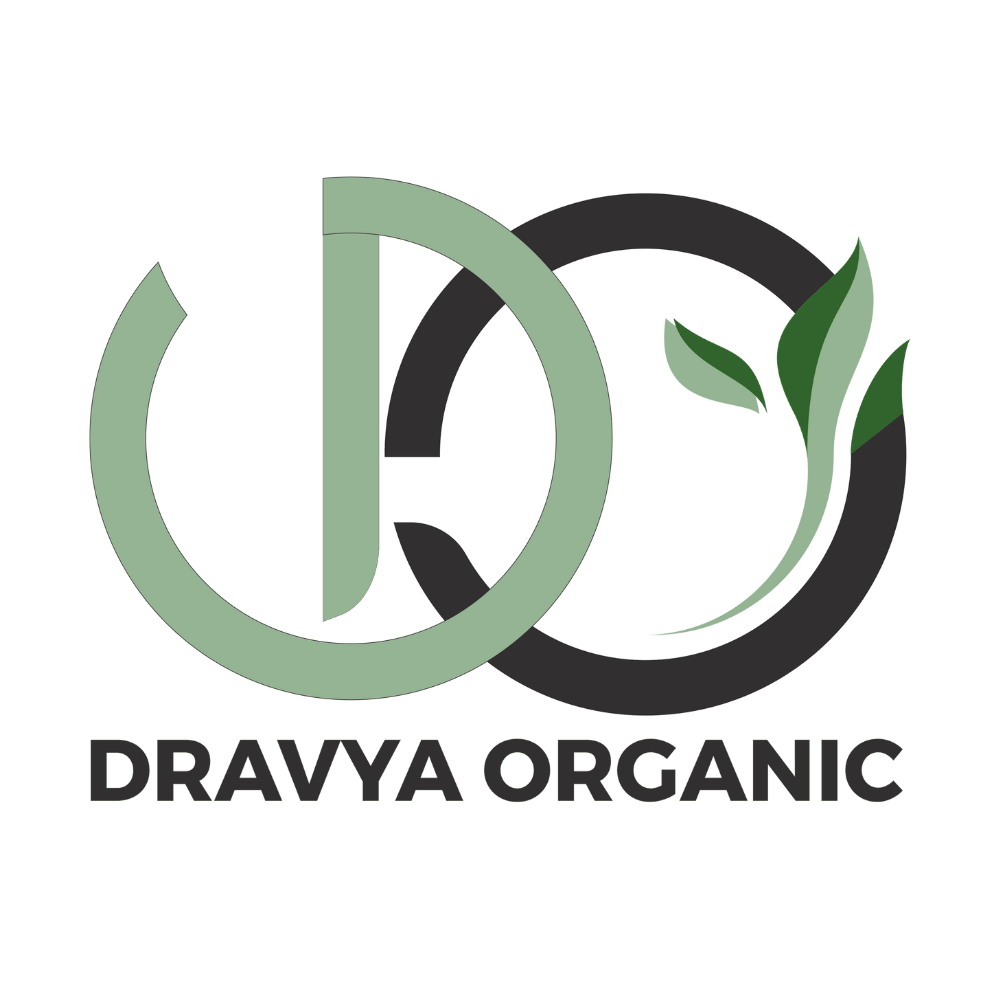In recent years, plant-based products have taken center stage in industries ranging from skincare and nutraceuticals to food and wellness. But have you ever wondered how the powerful ingredients in your herbal teas, supplements, or essential oils are actually derived from plants? The answer lies in a fascinating process called plant extraction.
In this blog, we’ll break down what plant extraction is, how it works, and why it’s so beneficial.
🌱 What Is Plant Extraction?
Plant extraction is the process of isolating specific components—such as essential oils, alkaloids, flavonoids, or other active compounds—from plants. These components are known for their therapeutic, nutritional, or aromatic properties. The goal of extraction is to concentrate these beneficial elements in a form that can be used for various applications.
🧪 Common Plant Extraction Methods
There are several techniques used in plant extraction, and each serves a unique purpose depending on the nature of the plant and the desired compound. Here are some popular methods:
- Solvent Extraction
- Uses alcohol, ethanol, or other solvents to dissolve plant compounds.
- Common in the production of tinctures, perfumes, and extracts.
- Steam Distillation
- Involves passing steam through plant material to release volatile oils.
- Most commonly used for essential oils.
- Cold Pressing
- Mechanically presses plant materials (like citrus peels) to extract oils.
- Used for delicate essential oils and juices.
- Supercritical CO₂ Extraction
- A modern method using carbon dioxide under high pressure.
- Yields high-purity extracts without harmful residues.
- Maceration and Infusion
- Involves soaking plant material in a liquid (like oil or alcohol) over time.
- Used in cosmetics and herbal medicines.
🌿 Benefits of Plant Extraction
Plant extraction plays a vital role in delivering nature’s benefits in a potent and usable form. Here’s why it matters:
- Higher Potency
- Extracts contain concentrated levels of active compounds, making them more effective in smaller doses.
- Improved Bioavailability
- Some extracts are processed in ways that enhance absorption in the human body.
- Versatile Applications
- Used in supplements, cosmetics, aromatherapy, pharmaceuticals, food, and beverages.
- Natural and Clean Label
- Plant extracts offer a “natural” alternative to synthetic ingredients, ideal for clean-label products.
- Custom Formulation
- Specific compounds can be targeted for desired effects—such as anti-aging, immunity boosting, or relaxation.
🌍 Why It Matters Now More Than Ever
Consumers are increasingly looking for products that are not only effective but also clean, ethical, and sustainable. Plant extraction sits at the heart of this trend—transforming raw, renewable resources into powerful ingredients that align with modern wellness and eco-conscious values.
“
🌿 Real-World Uses of Plant Extracts
- Health & Wellness: Turmeric extract for anti-inflammation, Ashwagandha for stress relief.
- Cosmetics: Aloe vera and green tea extracts for soothing skin.
- Food & Beverage: Mint extract in confectionery, vanilla extract in baking.
- Aromatherapy: Lavender or eucalyptus essential oils for relaxation and respiratory support.
🌟 Final Thoughts
Plant extraction is both an ancient art and a cutting-edge science. Whether you’re a consumer curious about what’s in your supplements or a business looking to source natural ingredients, understanding extraction is the first step to appreciating the power of plants.
As we continue to rediscover nature’s potential, plant extraction will remain a cornerstone of holistic health, clean beauty, and natural nutrition.


